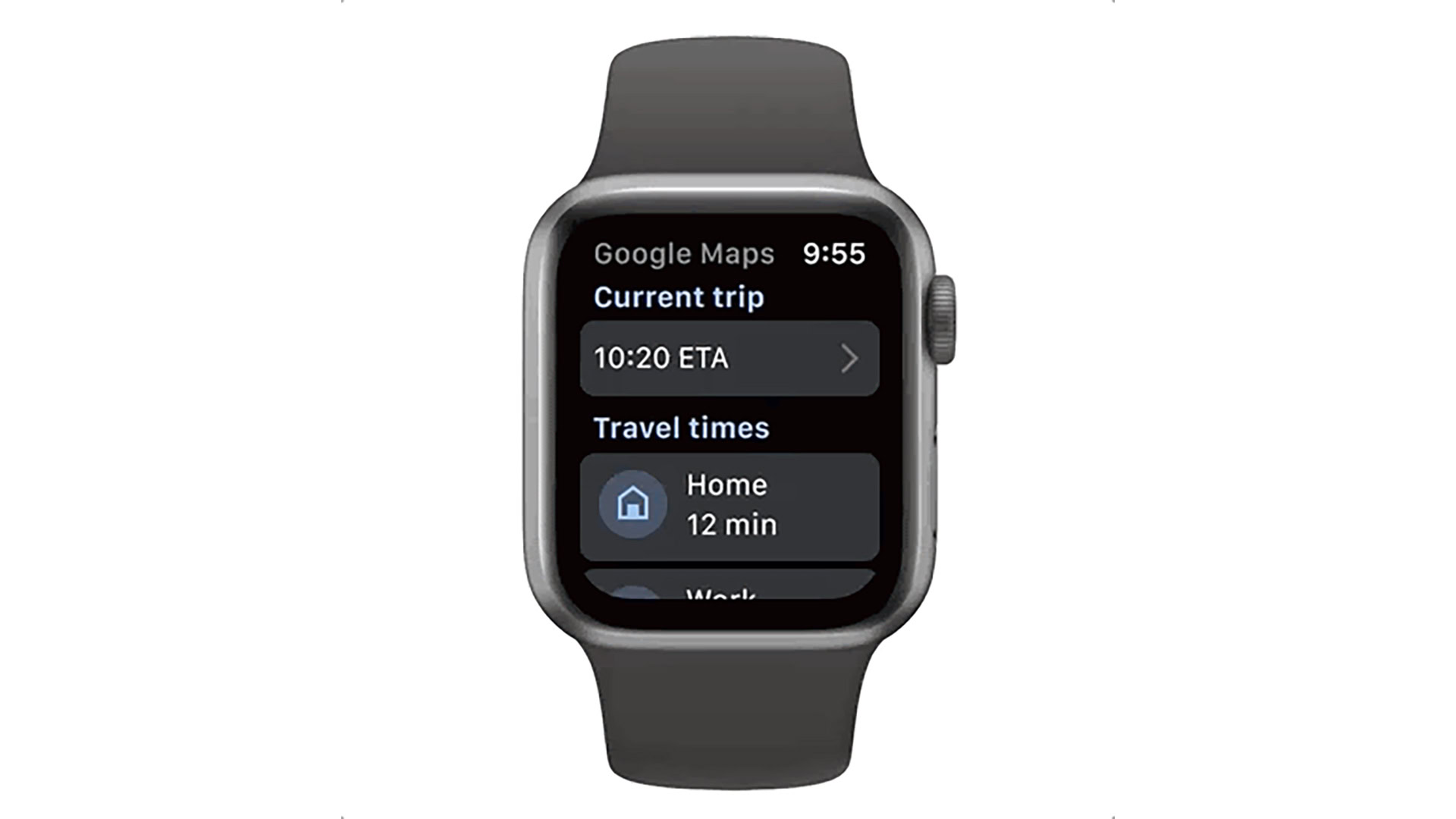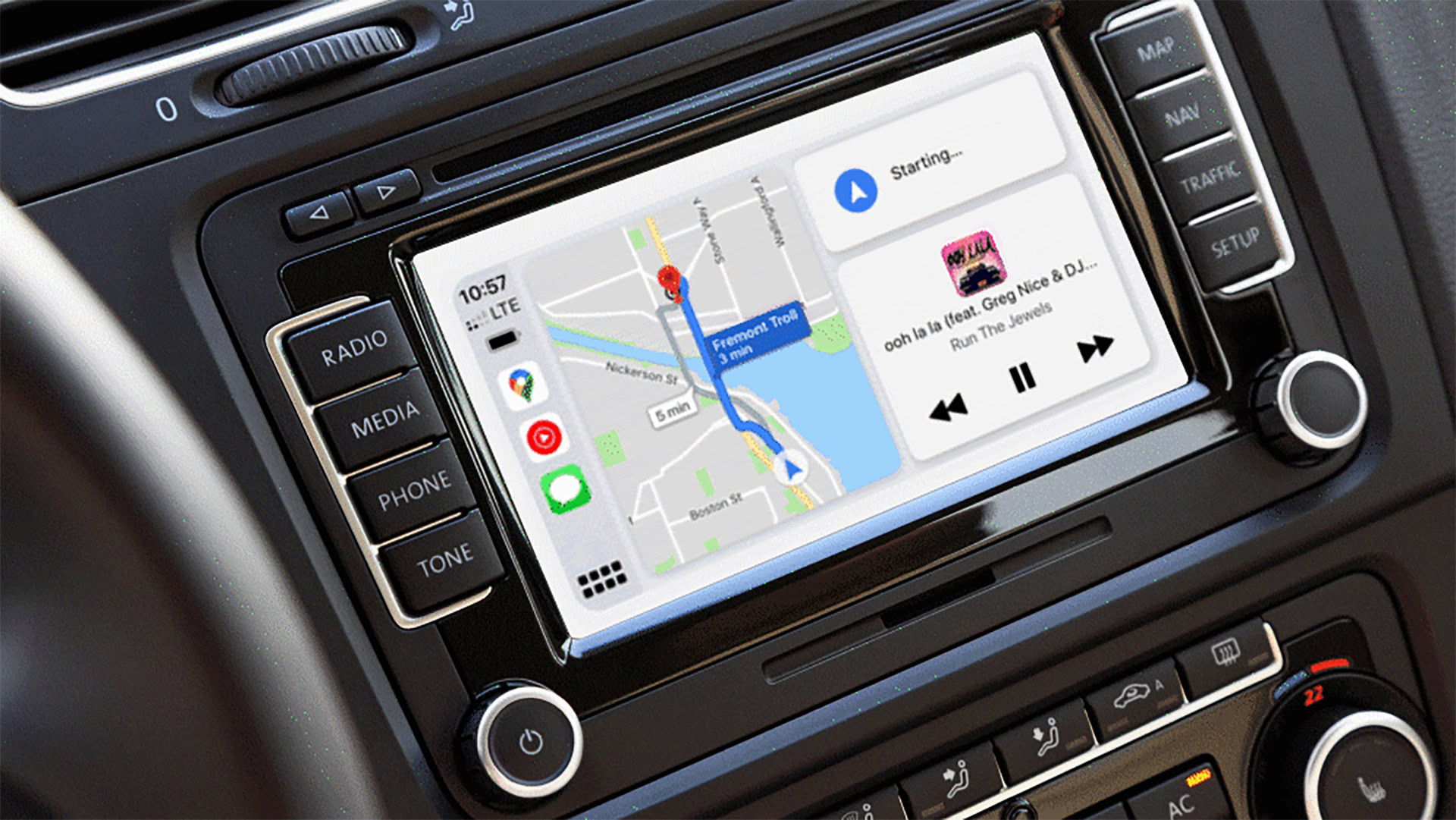Affiliate links on Android Authority may earn us a commission. Learn more.
Google Maps comes back to Apple Watch after 3-year hiatus
Published onAugust 11, 2020

- Google Maps is returning to the Apple Watch after a three-year absence.
- You can get driving, walking, biking, and public transportation directions.
- Google Maps on CarPlay has also added split-screen support.
Google Maps has been a mainstay app for travellers using Android and iOS, but you wouldn’t know it by looking at an Apple Watch — it left the smartwatch platform in 2017. However, it’s about to make a welcome return.
Google has announced a new version of Maps for the Apple Watch that offers navigation by car, bike, walking, and public transportation. It only offers quick on-device access to destinations you’ve saved, such as your home or workplace, but you can start trips on your iPhone and continue them on your wrist. You’ll also see the ETA for your current trip.
The Google Maps app should be available worldwide in the “coming weeks.”
Read more: Google Maps vs Waze vs Apple Maps
If you prefer to drive, you’ll be happy to know that Google Maps finally supports split-screen mode on Apple CarPlay. You can keep navigating with Google’s interface while controlling music, checking your calendar or otherwise performing the tasks you need during your commute. The feature should arrive this week alongside an update to Google Maps’ iOS app.
The additions won’t matter much if you’re an Android fan, of course, but they’re important to Google Maps remaining a viable option on Apple’s platforms. Apple Maps had a rough start in 2012, to put it mildly, but it has become much stronger between improved map data and more competitive features, including upcoming cycling directions. If Google didn’t offer a navigation option on the Apple Watch, it risked being overlooked by users who prefer the convenience of a smartwatch app.

It’s also a good sign for the Apple Watch itself. There has been an app exodus in the past few years as Instagram, Twitter, and others pulled their apps due to either technical changes (such as a requirement for truly native apps) or doubts about the need for a dedicated watch app. This isn’t necessarily a revival, but it suggests that developers are ready to come back when Apple Watch apps make sense.